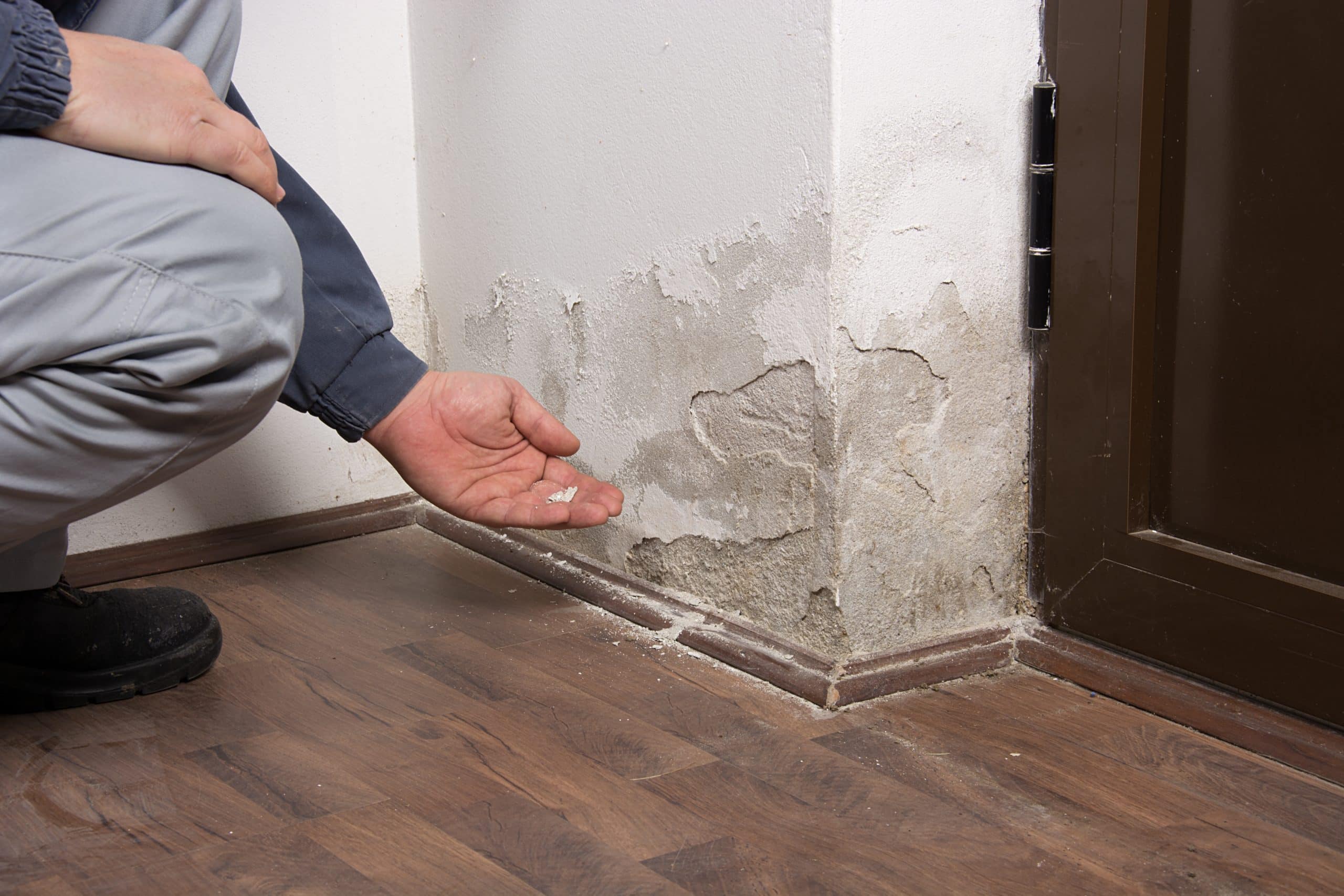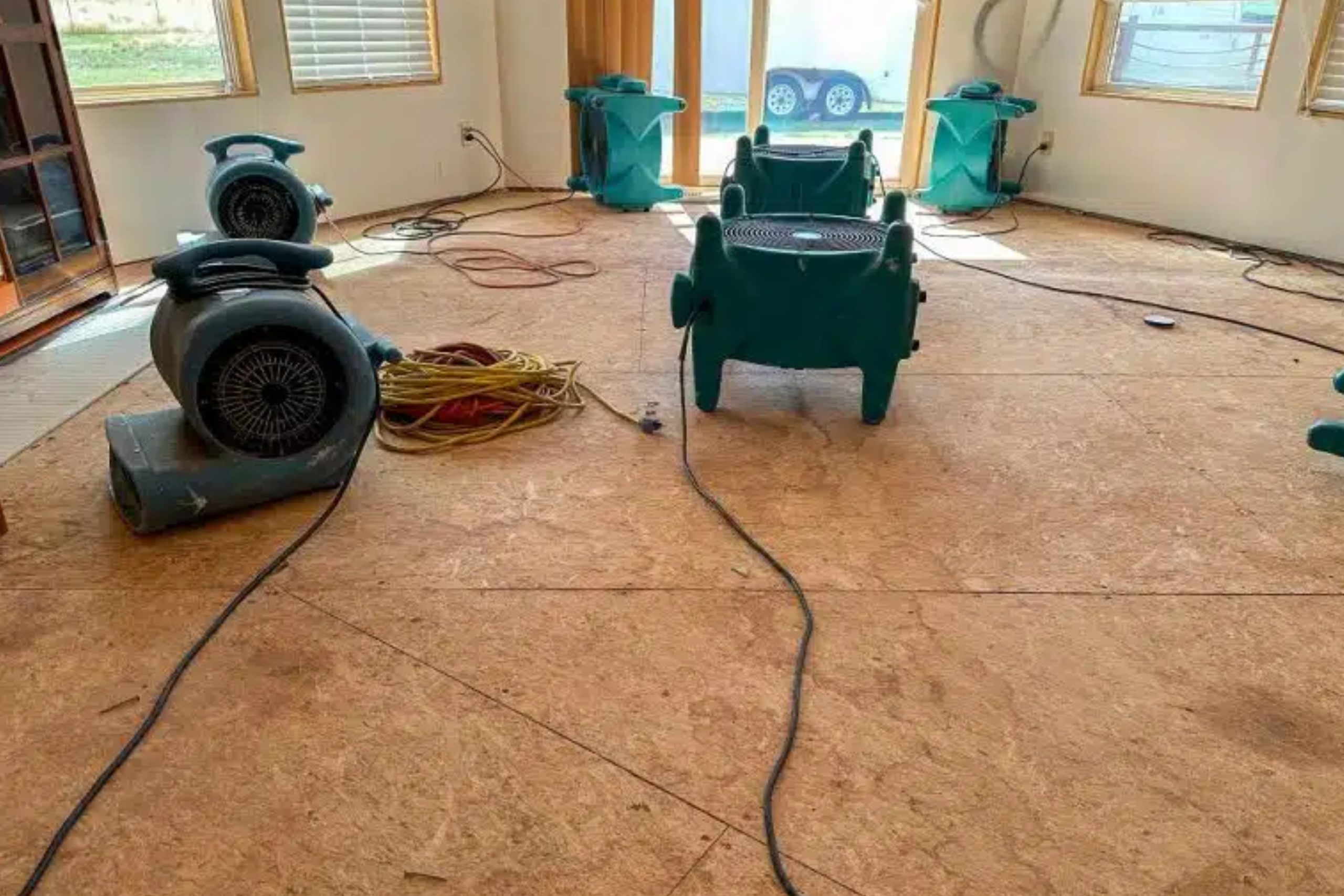Fact: Properly restored floors and furniture recover up to 90% of their original beauty and…

Rapid Water Damage Restoration for Historic Homes
Fact: Over half of historic homes face water damage each year, putting original wood and plaster at risk.
Owning a historic house means caring for materials that have lasted decades or even centuries. When water invades these structures, the damage can be heartbreaking—and expensive. Acting fast saves both your home’s beauty and its value. Below is a people-first guide to restoring your treasured property after water intrudes.
Every moment counts once moisture hits old-growth lumber or horsehair plaster. A small water pipe break hidden behind walls can drip for days before you notice stains. Worse, a main water line break under your foundation can flood crawl spaces without any visible warning. That’s why the first call should always be to a qualified team offering emergency water restoration.
Swift Assessment and Shutoff
Before beginning any work, technicians locate the leak source. They use infrared cameras to spot cool, damp areas where a hidden pipe leak cleanup service is needed. Once found, they shut off the local valve or the main line to prevent fresh water from fueling the flood. Quick shutoff limits floor water damage and reduces how much water extraction & removal must occur.
Powerful Extraction & Removal
Historic materials absorb water fast. Modern shop-vacs won’t cut it. Professionals deploy truck-mounted pumps and high-capacity vacuums that can remove hundreds of gallons per hour. They follow up with hourly measurements to ensure walls, beams, and flooring dry at the proper rate—avoiding over-drying wood or under-drying plaster.
Careful Drying to Protect Character
After most water is gone, drying begins. Technicians place fans to direct airflow along walls and across flooring. Dehumidifiers run continuously, pulling moisture from the air. These steps prevent hidden damp spots that lead to mold or rot—problems that call for costly structural restoration.
Sanitization without Harm
Older homes lack modern vapor barriers, so harsh chemicals can damage original finishes. Crews apply gentle, EPA-approved antimicrobials—vital after any sewage removal & cleanup or unexpected toilet overflow cleanup event. They use fogging equipment to spread disinfectant evenly, preventing mold and lingering odors without scrubbing away antique plaster textures.
Repairing Plaster, Wood, and More
Once fully dry, restoration proceeds. Craftsmen match a lime-based plaster mix, blending new patches seamlessly into historic walls. Warped floorboards may be carefully planed and refinished instead of replaced, preserving original heartwood. If piping sections failed in a burst pipe damage cleanup, plumbers splice in modern materials behind trim, keeping visible plumbing faithful to period style.
Addressing Related Risks
Water intrusion often coincides with other hazards. Roof leaks or clogged gutters usher water into attics—repairing roof leaks with new flashing and shingle work prevents repeat damage. If water triggered an HVAC back-up, crews clear the hvac discharge line repair area to keep condensate flowing away from your home.
Preventing Future Flood Damage
Historic estates often sit on old drain patterns that can’t handle today’s storms. Installing French drains or perimeter footing drains redirects water before it reaches your foundation, reducing the chance you’ll need flood damage cleanup down the road. A battery-powered sump pump adds protection when power fails.
Coordinating with Insurance and Community
Document every step with photos and receipts. Detailed records streamline claims for water damage restoration and any needed storm and wind damage cleanup after severe weather. In historic districts, coordinate with neighbors on shared downspout clearings or bulk service contracts—saving time and money for all.
Training Your Team and Routine Checks
If multiple caretakers or tenants share your property, train them to spot drips, damp spots, or musty smells. Schedule quarterly inspections of plumbing lines to prevent broken water pipe repair emergencies. An annual maintenance plan that covers minor fixes—like tightening loose fixtures to avoid kitchen sink overflow or bathroom sink overflow—protects your investment.
By finding leaks early, extracting water thoroughly, drying with care, and repairing with respect for original materials, you safeguard both your property’s structure and its soul. A swift, expert-led restoration not only revives your home’s charm but keeps it standing strong for the next generation.



